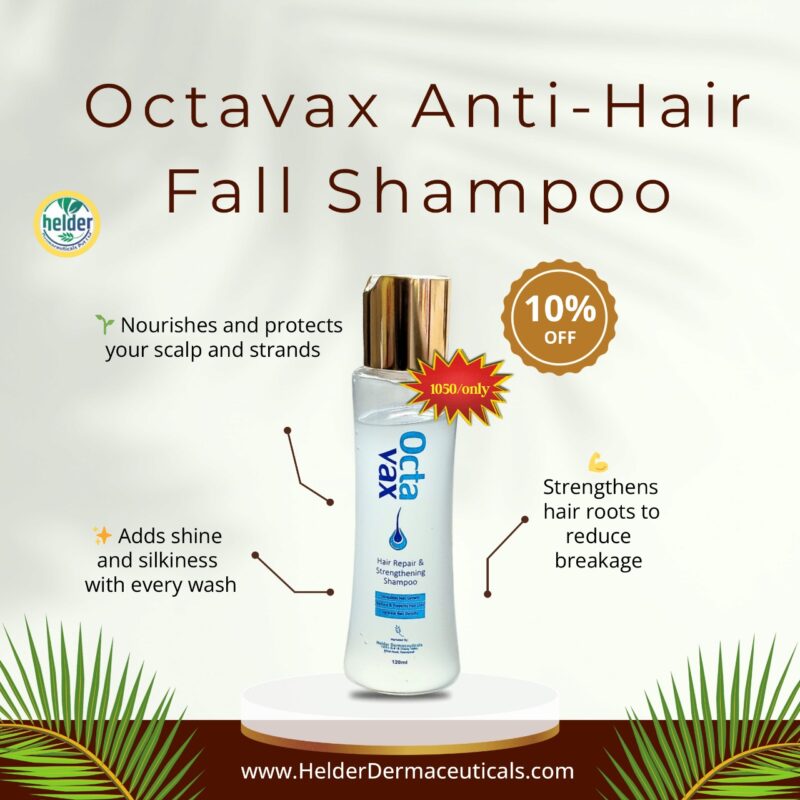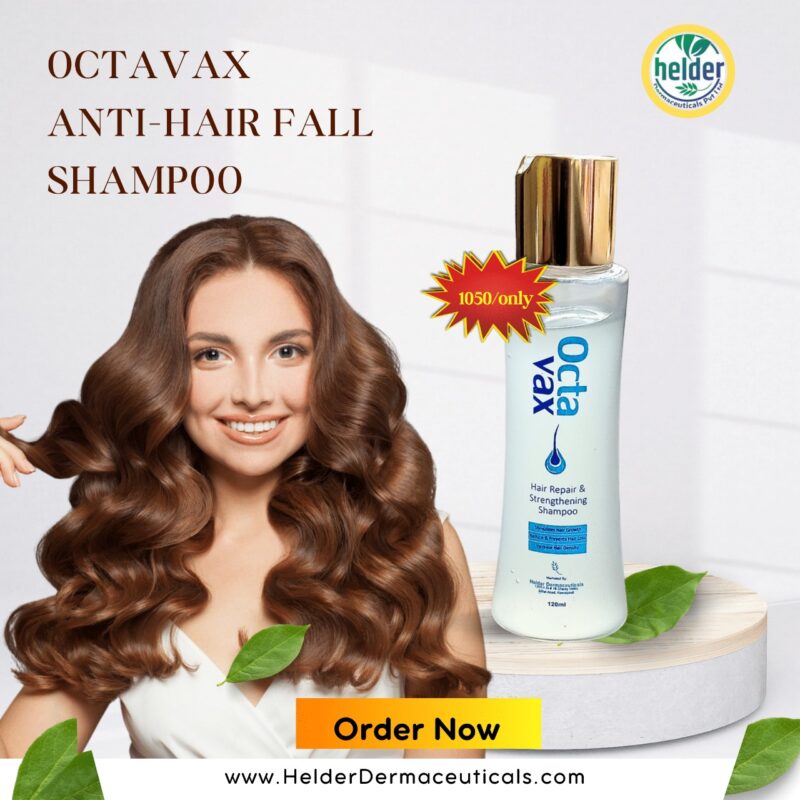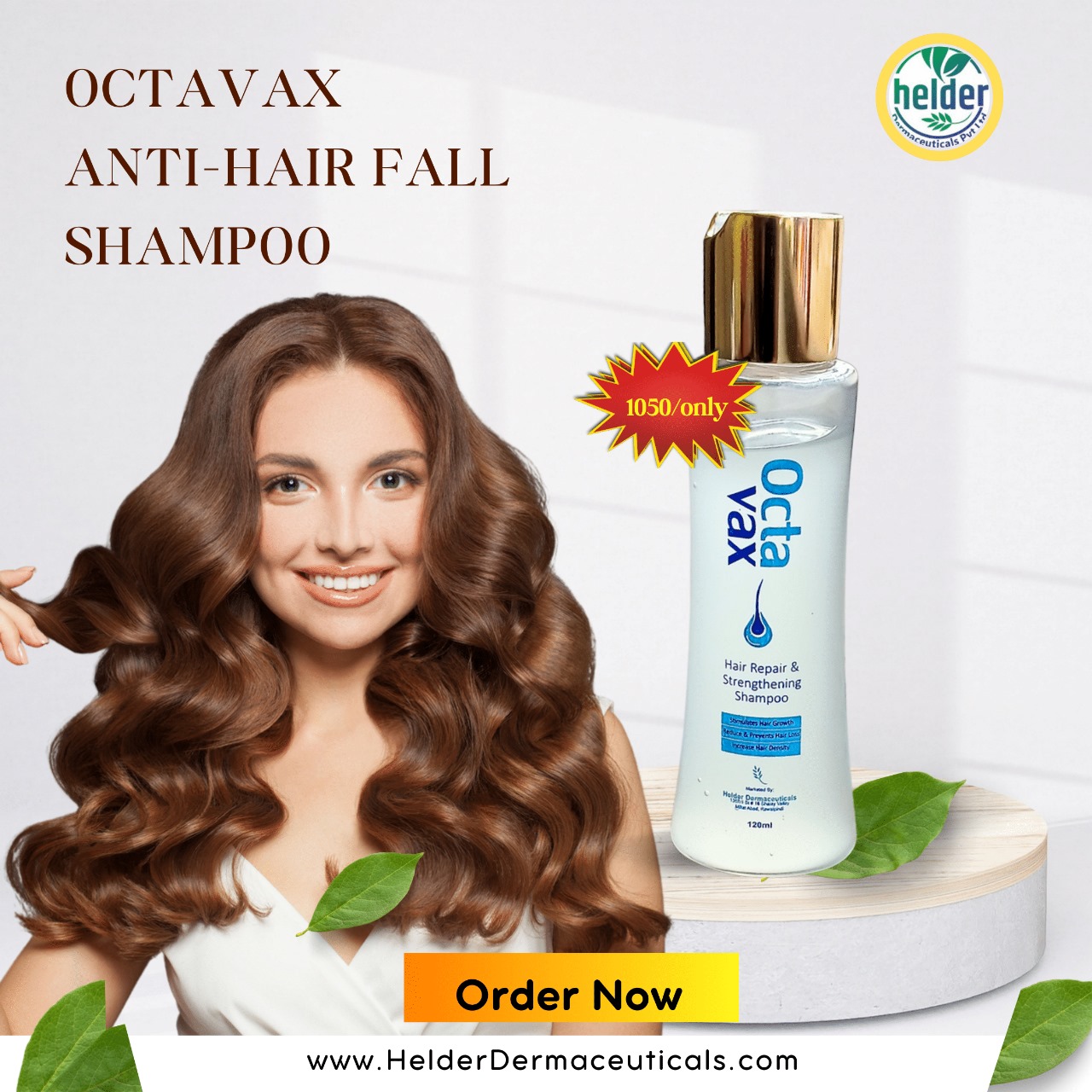Hair fall is a common concern that affects millions worldwide, regardless of age or gender. While it’s normal to lose some hair daily, excessive hair fall can be distressing and may indicate underlying issues. This comprehensive guide will walk you through Understanding Causes, Treatments, and Prevention strategies for hair fall, helping you maintain a healthy mane
Understanding Hair Fall: The Basics
Before diving into the specifics of Understanding Causes, Treatments, and Prevention, let’s clarify what hair fall is and how it differs from normal hair shedding. Our hair goes through a natural cycle: growth, rest, shedding, and then new growth. Losing 50-100 strands a day is considered normal as part of this cycle. However, if you notice significantly more hair on your brush, in the shower drain, or on your pillow, you might be experiencing excessive hair fall, also known as alopecia.
The Hair Growth Cycle:
- Anagen (Growth Phase): Lasts 2-7 years. About 85-90% of your hair is in this phase.
- Catagen (Transition Phase): Lasts 2-3 weeks. Hair stops growing, and the follicle shrinks.
- Telogen (Resting Phase): Lasts 2-4 months. Hair rests, and old hair falls out to make way for new hair.
- Exogen (Shedding Phase): This is when the old hair detaches and falls out.
When this cycle is disrupted, or follicles are damaged, hair fall can become a problem. Therefore, Understanding Causes, Treatments, and Prevention begins with grasping this basic biological process.
Understanding Causes: Why Is Your Hair Falling Out?
Identifying the root cause of your hair fall is the first critical step toward effective solutions. Hair fall isn’t usually due to a single factor but often a combination of several. Here’s a detailed look at the common culprits:
- Genetics (Androgenetic Alopecia): This is the most common cause, often called male or female pattern baldness. It’s hereditary, meaning it runs in families. In men, it typically presents as a receding hairline and thinning at the crown. In women, it usually appears as overall thinning, especially at the part line. Understanding Causes, Treatments, and Prevention of genetic hair fall often involves long-term management.
- Hormonal Imbalances: Hormones play a significant role in hair growth. Fluctuations can lead to hair fall.
- Thyroid Issues: Both an overactive (hyperthyroidism) and underactive (hypothyroidism) thyroid can disrupt hair growth.
- PCOS (Polycystic Ovary Syndrome): This condition in women can lead to excess androgens, causing hair thinning on the scalp and increased body hair.
- Pregnancy and Postpartum: Many women experience hair thickening during pregnancy due to hormonal surges, followed by significant hair fall a few months after delivery as hormones normalize (telogen effluvium).
- Menopause: Decreased estrogen levels during menopause can lead to hair thinning.
- Nutritional Deficiencies: Your hair needs a steady supply of nutrients to grow strong and healthy. Deficiencies can lead to weak, brittle hair and increased shedding.
- Iron: Crucial for healthy hair cells. Iron deficiency anemia is a major cause of hair fall, especially in women.
- Biotin (Vitamin B7): Essential for keratin production, a key protein in hair.
- Zinc: Supports hair tissue growth and repair.
- Vitamin D: Plays a role in hair follicle cycling.
- Protein: Hair is primarily made of protein. Insufficient protein intake can lead to hair loss.
- Other Vitamins: Deficiencies in Vitamins A, C, and E can also impact hair health.
- Stress (Telogen Effluvium): Significant physical or emotional stress can push a large number of hair follicles into the resting phase prematurely. This leads to noticeable hair shedding a few months after the stressful event. Examples include severe illness, surgery, significant weight loss, or emotional trauma. Understanding Causes, Treatments, and Prevention of stress-related hair fall is often about managing the underlying stressor.
- Medical Conditions and Medications: Certain health conditions and drugs can trigger hair fall:
- Autoimmune Diseases: Alopecia areata (patches of hair loss), lupus.
- Scalp Infections: Fungal infections like ringworm can cause scaly patches and hair breakage.
- Skin Conditions: Psoriasis or seborrheic dermatitis on the scalp can damage follicles.
- Medications: Chemotherapy drugs, blood thinners, antidepressants, certain blood pressure medications, and some acne treatments can cause hair fall as a side effect.

Lifestyle Factors and Hair Care Practices:
- How you treat your hair and your daily habits can also contribute to hair fall.
- Tight Hairstyles: Braids, ponytails, and buns that pull on the hair roots can cause traction alopecia.
- Excessive Heat Styling: Frequent use of flat irons, curling irons, and blow dryers at high heat can damage the hair shaft and weaken follicles.
- Chemical Treatments: Perms, relaxers, and excessive coloring can weaken hair and lead to breakage.
- Smoking: Can reduce blood flow to the scalp and damage hair follicles.
- Poor Scalp Hygiene: Build-up of dirt, oil, and product can clog follicles.
A thorough Understanding Causes, Treatments, and Prevention requires careful self-assessment and often, professional medical advice.
Understanding Treatments: Solutions for Hair Fall
Once you have an idea of the possible causes, you can explore various treatment options. These range from over-the-counter remedies to medical interventions. The effectiveness of treatments largely depends on accurately Understanding Causes, Treatments, and Prevention specific to your situation.
- Topical Treatments:
- Minoxidil (Rogaine): An over-the-counter solution applied to the scalp. It’s effective for both men and women with androgenetic alopecia, helping to stimulate hair growth and slow hair loss. Consistency is key.
- Rosemary Oil: Some studies suggest it can be as effective as minoxidil for some types of hair loss, with fewer side effects. It’s believed to improve circulation to the scalp.
- Caffeine: Found in some shampoos and serums, caffeine is thought to stimulate hair follicles and promote growth.
- Oral Medications:
- Finasteride (Propecia): A prescription pill primarily for men with male pattern baldness. It blocks the production of DHT, a hormone that shrinks hair follicles. It’s not typically prescribed for women of childbearing age due to potential side effects.
- Spironolactone: A prescription medication used for women with hormonal hair loss (e.g., due to PCOS) as it helps reduce androgen levels.
- Nutritional Supplements: If deficiencies are identified, your doctor may recommend supplements like iron, biotin, zinc, or vitamin D. Always consult a healthcare professional before starting any supplements.

In-Office Procedures:
Platelet-Rich Plasma (PRP) Therapy: Involves drawing a patient’s blood, processing it to concentrate platelets (which contain growth factors), and then injecting the PRP into the scalp. It’s believed to stimulate hair follicles and promote growth. Low-Level Laser Therapy (LLLT): Uses red light to stimulate hair follicles. Available as in-office treatments or at-home devices (combs, caps). Hair Transplant Surgery: For advanced hair loss, hair follicles are taken from a donor area (usually the back of the scalp) and transplanted to thinning or bald areas. This is a permanent solution for genetic hair loss
Natural and Holistic Approaches:
- While not direct “treatments” for underlying medical conditions, these can support overall hair health and complement other therapies.
- Scalp Massages: Improve blood circulation to the scalp, which can benefit hair follicles.
- Essential Oils: Beyond rosemary, peppermint oil and lavender oil are often used, diluted with carrier oils like coconut or jojoba.
- Aloe Vera: Soothes the scalp and can help reduce inflammation.
- Onion Juice: High in sulfur, which may help improve circulation and collagen production.
A multi-faceted approach based on a thorough Understanding Causes, Treatments, and Prevention often yields the best results.

Understanding Prevention: Tips for Healthy Hair
Preventing excessive hair fall is often about adopting healthy lifestyle habits and proper hair care routines. Even if you’re experiencing hair fall, these tips can help mitigate further loss and promote healthier regrowth.
- Nutrient-Rich Diet: Fuel your hair from within.
- Protein: Include lean meats, fish, eggs, legumes, and nuts.
- Iron: Red meat, spinach, lentils, fortified cereals.
- Omega-3 Fatty Acids: Fatty fish (salmon, mackerel), flaxseeds, chia seeds.
- Vitamins and Minerals: Ensure a balanced intake of fruits and vegetables for vitamins A, C, E, and B-complex, as well as minerals like zinc and selenium.
- Manage Stress Effectively: Since stress is a significant contributor to hair fall, finding healthy coping mechanisms is crucial.
- Mindfulness and Meditation: Practice daily to calm the mind.
- Yoga and Exercise: Physical activity reduces stress hormones.
- Adequate Sleep: Aim for 7-9 hours of quality sleep per night.
- Hobbies and Relaxation: Engage in activities you enjoy to unwind. Understanding Causes, Treatments, and Prevention of stress-related hair fall goes hand-in-hand with stress management.
- Gentle Hair Care Practices: Treat your hair with kindness to minimize breakage and damage.
- Wash Gently: Use a mild, sulfate-free shampoo and conditioner. Wash your scalp thoroughly but avoid harsh scrubbing.
- Avoid Hot Water: Use lukewarm water for washing.
- Detangle Carefully: Use a wide-tooth comb on wet hair, starting from the ends and working your way up.
- Limit Heat Styling: Reduce the frequency of blow-drying, straightening, and curling. Use a heat protectant spray when you do use heat.
- Avoid Tight Hairstyles: Give your hair a break from tight ponytails, braids, and buns that pull on the roots.
- Be Gentle with Wet Hair: Hair is most fragile when wet. Avoid vigorous towel drying.
- Maintain Scalp Health: A healthy scalp is the foundation for healthy hair.
- Regular Washing: Keep your scalp clean to prevent product buildup, oil, and dead skin cells from clogging follicles.
- Scalp Exfoliation: Consider gentle scalp scrubs if you experience buildup.
- Protect from Sun: Prolonged sun exposure can damage hair and scalp. Wear a hat outdoors.
- Stay Hydrated: Drink plenty of water throughout the day to keep your body, including your hair and scalp, hydrated.
- Regular Check-ups: Annual physicals can help identify underlying health conditions or nutritional deficiencies that might contribute to hair fall. Understanding Causes, Treatments, and Prevention is greatly aided by professional medical guidance.
When to See a Doctor
While many cases of hair fall can be managed with lifestyle changes and over-the-counter products, it’s crucial to know when to seek professional help. Consult a doctor or dermatologist if you experience:
- Sudden or significant hair loss.
- Patchy hair loss.
- Scalp pain, itching, redness, or scaling.
- Hair loss accompanied by other symptoms (fatigue, unexplained weight changes).
- If home remedies and over-the-counter treatments aren’t effective after several months.
A medical professional can conduct tests (blood tests, scalp biopsy) to determine the exact cause of your hair fall and recommend the most appropriate course of action for Understanding Causes, Treatments, and Prevention of your specific condition.
Conclusion
Hair fall can be a frustrating experience, but with the right knowledge and approach, it’s often manageable. By focusing on Understanding Causes, Treatments, and Prevention, you empower yourself to take control of your hair health. Whether it’s through dietary adjustments, stress management, gentle hair care, or medical interventions, a holistic and consistent effort can lead to stronger, healthier hair. Remember, patience is key, as hair growth is a slow process, but consistent effort will yield positive results. Embrace this ultimate guide to better hair, one step at a time, through Understanding Causes, Treatments, and Prevention.

